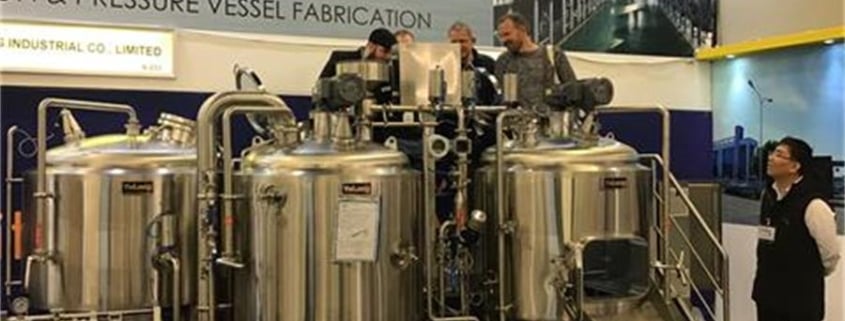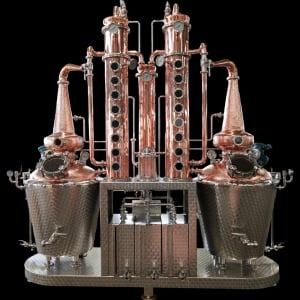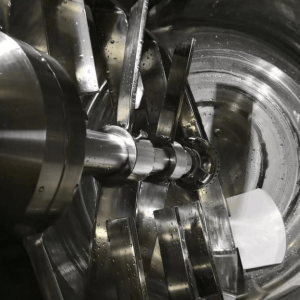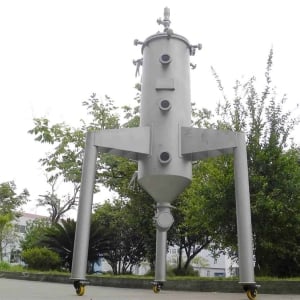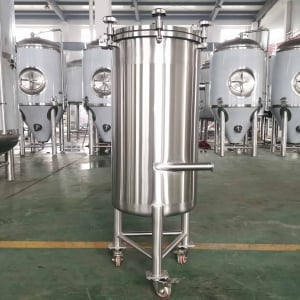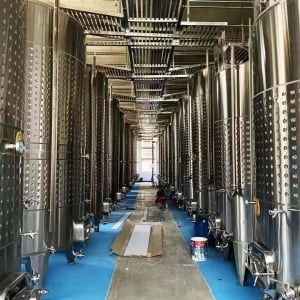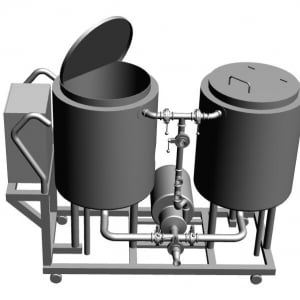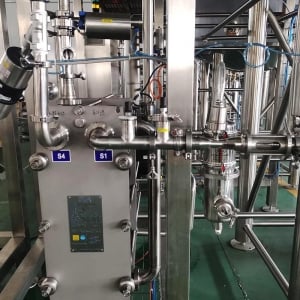Commercial Brewing Equipment for Sale
Introduction
The craft beer industry has seen an incredible boom over the past few decades. From small local breweries to large-scale operations, the demand for high-quality beer has skyrocketed. If you’re considering entering this market or upgrading your existing setup, investing in the right commercial brewing equipment is crucial. But with so many options available, how do you choose the best equipment for your needs? This guide will walk you through everything you need to know about commercial brewing equipment for sale, ensuring you make an informed decision that suits your brewing ambitions.
Understanding Commercial Brewing Equipment
What is Commercial Brewing Equipment?
Commercial brewing equipment encompasses a wide range of machinery used in the beer production process. Unlike homebrewing setups, which are typically smaller and simpler, commercial brewing systems are designed for larger production volumes and greater efficiency. These systems include brewhouses, fermentation tanks, brite tanks, and more, each playing a specific role in the brewing process.
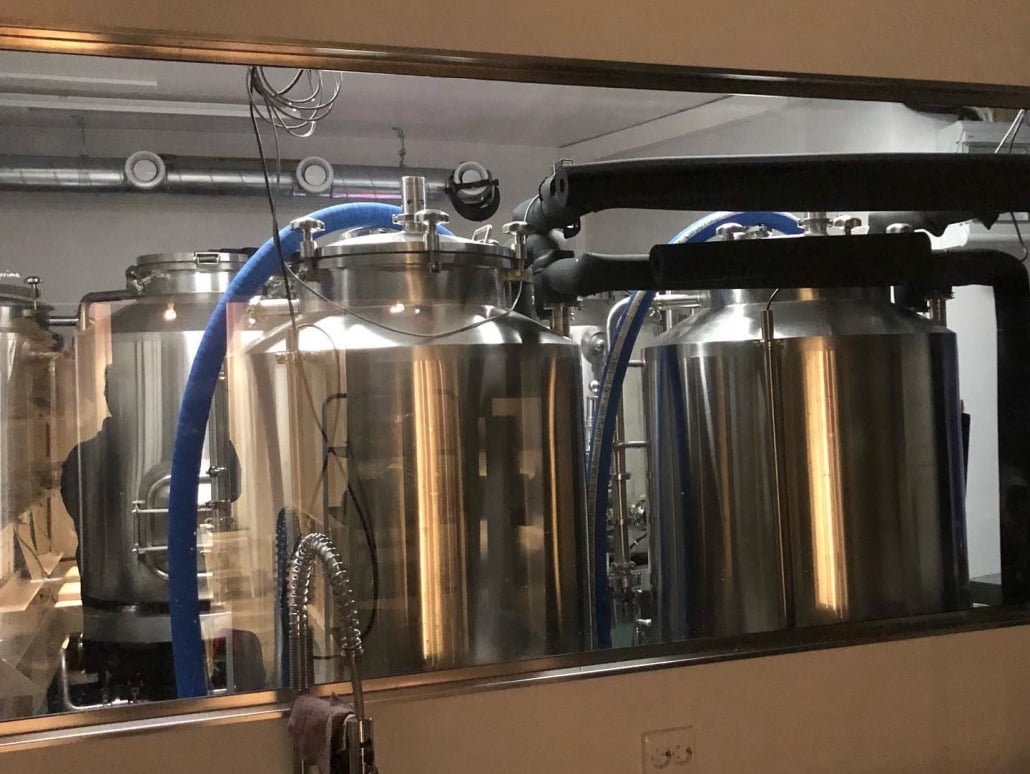
Different Types of Commercial Brewing Systems
Commercial brewing systems can be as simple as a single kettle setup or as complex as a multi-vessel system with automated controls. The primary types of brewing systems include:
- Brewhouse Systems: The heart of any brewery, where the wort is created through mashing, boiling, and lautering.
- Fermentation Tanks: Vessels where yeast is added to wort, turning it into beer through the fermentation process.
- Brite Tanks: Used to clarify and carbonate beer before packaging.
- Kettles and Mash Tuns: Essential for boiling the wort and extracting fermentable sugars from the grain.
Why Quality Equipment Matters
Investing in high-quality commercial brewing equipment is crucial for several reasons. Firstly, it ensures the consistency of your beer, which is vital for building a loyal customer base. Secondly, reliable equipment minimizes downtime and maintenance costs, allowing you to focus on brewing rather than repairs. Lastly, good equipment can significantly improve your brewing efficiency, reducing production costs and increasing profitability.
Guide to Choosing Commercial Brewing Equipment
Factors to Consider When Buying Brewing Equipment
Choosing the right brewing equipment involves more than just picking the largest or most expensive option. Here are some factors to consider:
- Production Volume: How much beer do you plan to produce? This will determine the size and capacity of your equipment.
- Space Availability: Consider the size of your facility and the space required for each piece of equipment.
- Budget: Commercial brewing equipment is a significant investment, so it’s essential to balance cost with quality.
- Customization: Do you need equipment tailored to your specific brewing style or recipes?
- Supplier Reputation: Research suppliers to ensure they offer reliable products and good customer support.
How to Evaluate Your Brewing Needs
Before purchasing any equipment, it’s important to evaluate your specific brewing needs. Ask yourself questions like:
- What styles of beer will I produce?
- How much flexibility do I need in my brewing process?
- Do I require automation, or will a manual setup suffice?
Understanding your needs will help you choose equipment that meets your production goals without unnecessary features that drive up costs.
Common Mistakes to Avoid When Purchasing
Many brewers, especially those new to the industry, make mistakes when buying equipment. Some common pitfalls include:
- Overestimating Production Needs: Buying oversized equipment can lead to inefficiencies and higher costs.
- Ignoring Future Growth: Conversely, underestimating future growth can leave you needing to upgrade equipment sooner than expected.
- Skipping Research: Failing to research equipment thoroughly can result in purchasing subpar or incompatible systems.
- Overlooking Maintenance Costs: High-quality equipment might have a higher upfront cost but usually results in lower long-term maintenance expenses.
Types of Commercial Brewing Equipment
Brewing Systems Overview
Commercial brewing systems come in various configurations, each suited for different production scales and styles. Here’s a closer look at the key components:
- Brewhouse Systems: The brewhouse is where the brewing process begins. It includes a mash tun, lauter tun, brew kettle, and whirlpool. These components work together to extract sugars from grains, boil the wort, and separate the solids.
- Fermentation Tanks: Once the wort is created, it’s transferred to fermentation tanks where yeast is added. These tanks are crucial for controlling the fermentation process, including temperature and pressure.
- Brite Tanks: After fermentation, the beer is moved to brite tanks for maturation. These tanks help clarify the beer and prepare it for packaging by adding carbonation.
- Kettles and Mash Tuns: The mash tun is used to convert starches in the grains into fermentable sugars, while the kettle is where the wort is boiled with hops for flavor.
Detailed Equipment Table
| Equipment Type | Features | Functionality |
|---|---|---|
| Brewhouse Systems | Multi-vessel systems, automated or manual controls | Mashing, boiling, lautering; creates wort |
| Fermentation Tanks | Temperature-controlled, pressurized or non-pressurized options | Fermentation of wort into beer, yeast management |
| Brite Tanks | Pressurized vessels, carbonation and clarification features | Final beer conditioning, carbonation, and clarification before packaging |
| Kettles & Mash Tuns | Insulated vessels, direct or indirect heating options | Extracting fermentable sugars, boiling wort with hops for bitterness and flavor |
The Brewing Process
The brewing process is a complex, multi-step journey that transforms raw ingredients into beer. Understanding this process is essential for selecting the right equipment. Here’s a step-by-step overview:
- Milling the Grain: The process begins with milling the grain to break up the kernels and expose the fermentable sugars inside.
- Mashing: The milled grains are mixed with hot water in the mash tun, converting the starches into fermentable sugars.
- Lautering: The liquid (wort) is separated from the solid grain husks in the lauter tun.
- Boiling: The wort is boiled, and hops are added to extract bitterness, flavor, and aroma.
- Fermentation: The boiled wort is cooled and transferred to fermentation tanks, where yeast is added, turning the wort into beer.
- Conditioning: The beer is then conditioned in brite tanks, where it is clarified and carbonated.
- Packaging: Finally, the beer is packaged into bottles, cans, or kegs for distribution.
Each of these steps requires specific equipment, and the quality of this equipment can significantly impact the final product.
Design, Capacity, and Customization Options
Space and Design Considerations
When setting up a commercial brewery, space and design are critical factors. The layout of your brewery should facilitate an efficient workflow, from grain storage to packaging. Considerations include:
- Facility Size: Ensure that your space can accommodate all the necessary equipment, with room for expansion if needed.
- Workflow Efficiency: Arrange equipment logically to minimize movement and reduce the risk of contamination.
- Utility Access: Your design should ensure easy access to water, electricity, and drainage.
Capacity Table
| Equipment Type | Production Capacity | Scalability |
| Brewhouse | 3-50 barrels per batch | Scalable by adding vessels |
| Fermentation Tanks | 10-500 barrels | Easily scalable with additional tanks |
| Brite Tanks | 10-500 barrels | Flexible, can add more tanks as needed |
Customization Table
| Customization Option | Benefits | Examples |
|---|---|---|
| Automated Controls | Increases consistency, reduces manual labor | Automated mash tun, digital temperature control |
| Specialty Finishes | Aesthetic appeal, enhances brand identity | Copper-clad kettles, custom logos |
| Custom Sizing | Tailored to specific production needs | Custom-sized fermentation tanks |
| Integrated Cleaning Systems | Improves sanitation, reduces cleaning time | CIP (Clean-In-Place) systems |
Suppliers and Price Range
Top Suppliers Overview
The market for commercial brewing equipment is diverse, with numerous suppliers offering a wide range of products. Choosing the right supplier is crucial for ensuring the quality and reliability of your equipment.
Some of the leading suppliers include:
- Specific Mechanical Systems: Known for high-quality, customizable brewhouse systems.
- Blichmann Engineering: Offers a wide range of brewing equipment, from pilot systems to large-scale production setups.
- Ss Brewtech: Specializes in innovative brewing equipment, particularly for small to medium-sized breweries.
Price Range Table
| Equipment Type | Price Range (USD) | Supplier Examples |
|---|---|---|
| Brewhouse Systems | $50,000 – $500,000 | Specific Mechanical Systems, Blichmann Engineering |
| Fermentation Tanks | $5,000 – $100,000 | Ss Brewtech, Premier Stainless Systems |
| Brite Tanks | $5,000 – $100,000 | American Beer Equipment, Stout Tanks |
| Kettles & Mash Tuns | $10,000 – $150,000 | Brewmation, Portland Kettle Works |
Installation, Operation, and Maintenance
Installation Guide
Installing commercial brewing equipment is a complex process that requires careful planning and execution. Key steps include:
- Site Preparation: Ensure your facility is ready for the equipment, with proper flooring, drainage, and utilities.
- Equipment Positioning: Strategically place each piece of equipment to maximize workflow efficiency.
- Utility Hookup: Connect all necessary utilities, including water, electricity, and gas.
- Testing and Calibration: Once installed, equipment should be thoroughly tested and calibrated to ensure optimal performance.
Operation Table
| Operation Task | Best Practices | Potential Issues |
|---|---|---|
| Mashing | Maintain consistent temperature and pH | Inconsistent mash can lead to poor extraction |
| Boiling | Ensure vigorous boil to avoid DMS formation | Inadequate boil time affects flavor and stability |
| Fermentation | Monitor temperature and pressure | Temperature fluctuations can cause off-flavors |
| Cleaning | Use CIP systems regularly | Poor cleaning can lead to contamination |
Maintenance Table
| Equipment Type | Maintenance Frequency | Common Issues | Maintenance Tips |
|---|---|---|---|
| Brewhouse Systems | Monthly to quarterly | Clogging, pump failures | Regular inspection, clean filters |
| Fermentation Tanks | After each batch | Residue buildup, valve malfunctions | Regular cleaning, check seals |
| Brite Tanks | After each batch | Carbonation inconsistencies, contamination | Proper cleaning and sanitation |
| Kettles & Mash Tuns | Weekly to monthly | Heat element failure, scale buildup | Descale regularly, inspect heating elements |
How to Choose a Supplier
Selecting the right supplier for your commercial brewing equipment can significantly impact your brewing operation. Here’s how to evaluate suppliers:
Supplier Evaluation Table
| Criteria | Importance | What to Look For |
|---|---|---|
| Product Quality | High | Durable materials, reliable performance |
| Customer Service | High | Responsive support, comprehensive warranties |
| Customization Options | Medium | Ability to tailor equipment to your needs |
| Delivery and Installation Support | High | On-time delivery, professional installation |
| Price | Medium | Competitive pricing, value for money |
Pros and Cons of Local vs. International Suppliers
- Local Suppliers:
- Pros: Faster delivery, easier communication, better support.
- Cons: May have higher prices due to local manufacturing costs.
- International Suppliers:
- Pros: Often lower prices, wider range of products.
- Cons: Longer lead times, potential customs issues, harder to get support.
Advantages and Disadvantages of Commercial Brewing Equipment
Pros and Cons Table
| Equipment Type | Advantages | Disadvantages |
|---|---|---|
| Brewhouse Systems | High efficiency, customizable | High cost, complex installation |
| Fermentation Tanks | Precise fermentation control, scalable | Requires regular cleaning and maintenance |
| Brite Tanks | Ensures beer clarity, adds carbonation | Can be expensive, space-consuming |
| Kettles & Mash Tuns | Essential for flavor development | Heat management can be challenging |
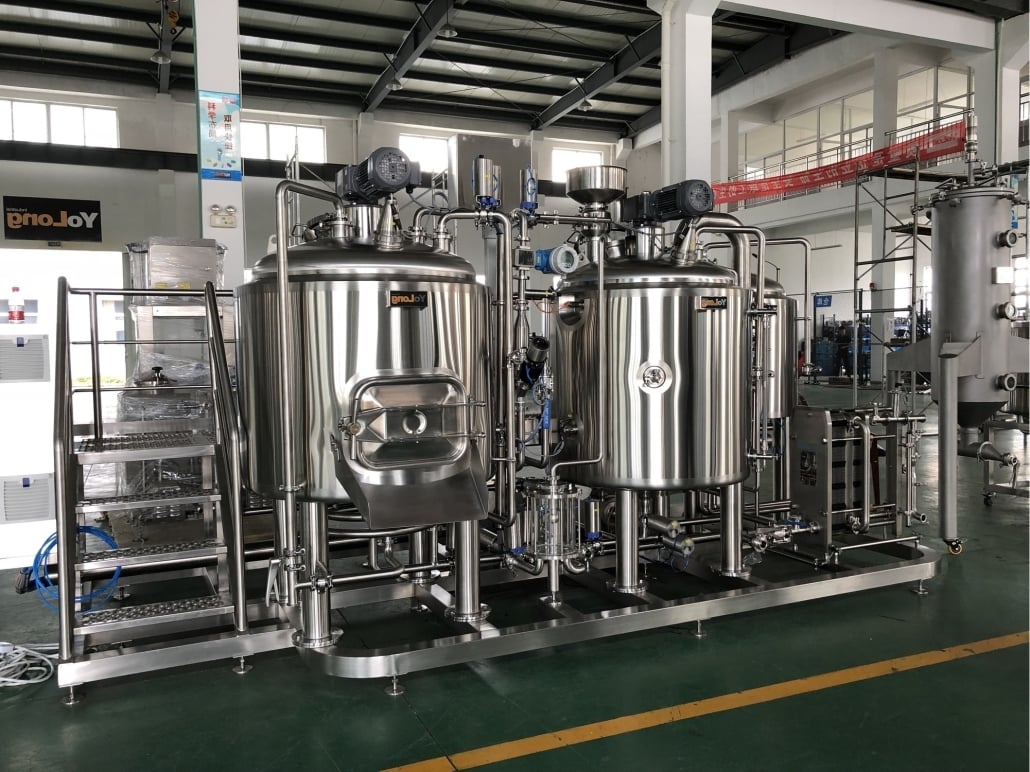
FAQ
| Question | Answer |
|---|---|
| What size brewing system do I need? | It depends on your production goals. For a small brewery, a 10-barrel system may suffice, while larger operations might require 50 barrels or more. |
| How much does commercial brewing equipment cost? | Costs can vary widely. A complete setup can range from $100,000 to over $1 million, depending on size and complexity. |
| Can I customize my brewing equipment? | Yes, many suppliers offer customization options to meet your specific brewing needs. |
| What are the maintenance requirements? | Regular cleaning, inspection, and parts replacement are essential to ensure long-term performance and safety. |
| How do I choose the right supplier? | Evaluate suppliers based on product quality, customer service, customization options, and price. |
Conclusion
Investing in commercial brewing equipment is a significant decision that will impact the success of your brewing business. By understanding the different types of equipment, the brewing process, and how to choose the right supplier, you can make an informed choice that meets your production goals and budget. Remember, the key to a successful brewery is not just the quality of your beer, but also the quality of the equipment you use to produce it.

